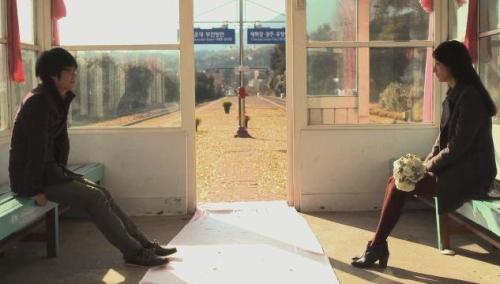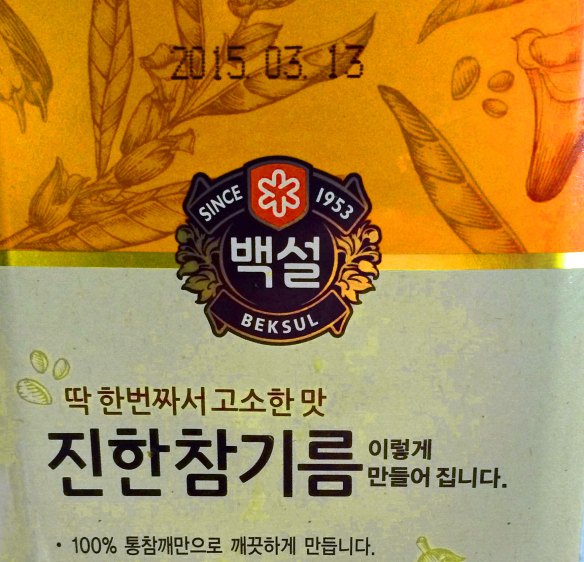The first Korean dish I learned to make was 불고기(bulgogi) – that flexible treatment of top quality meat, a marinade similar to what my mother would make. I believe she gave me an eye for adding just the right amount, covering the meat – perhaps a little too generously – certainly enough to give it a good flavour.
Ingredients
- 1 kg of scotch fillet,sliced thinly into pieces 1cm x 5cm and 1 cm thick
- ½ cup of chopped pear
- ½ cup onion diced
- crushed flesh of a couple of kiwi fruits
- 8 cloves minced garlic
- 2 teaspoons minced ginger
- 3 chopped green onions
- 3-4 tbs soy sauce (Korean, if you can get)
- 4 tbs granulated sugar
- ground black pepper to taste
- 3 tbs sesame oil (Korean, if you can get)
- A dozen perilla leaves
The proportions above are more of a guide. This is the “art and love” of Korean cooking – my style greatly influenced by Heather Jeong at Korean Cultural Office – links to cooking class.
Add the sugar, then add some more, to cover the meat.
Use plenty of soy, let the meat absorb the sauce, then add “a little too much”.
Pepper is a good friend of marinade. Remember – you’re throwing the meat on a BBQ or in a hot pan. So be bold!
Method
Leave the marinade to marinate overnight. This could be the single most important thing you do as part of this recipe.
Fire up the barbie, wok up over a very hot heat, or get the frying pan out.
Heat is what you want – and plenty of it.
Use generous amounts of sesame oil, salt and pepper to taste.
Wait until the oil is hot enough to make a bit of onion bubble.
Cook the bulgogi rapidly – pretend like you have the manual dexterity of a chef – or something.
The meat cooks pretty quickly, and because its top quality beef tastes good slightly raw.
Burn the sugar a little, wait till the juices disappear – 5 minutes or so.
Present the bulgogi wrapped in perilla leaf – YUM!
Tastes good with a bottle or two of CASS. (describing CASS as Korean beer might be something like describing Fosters as Aussie beer?)






























